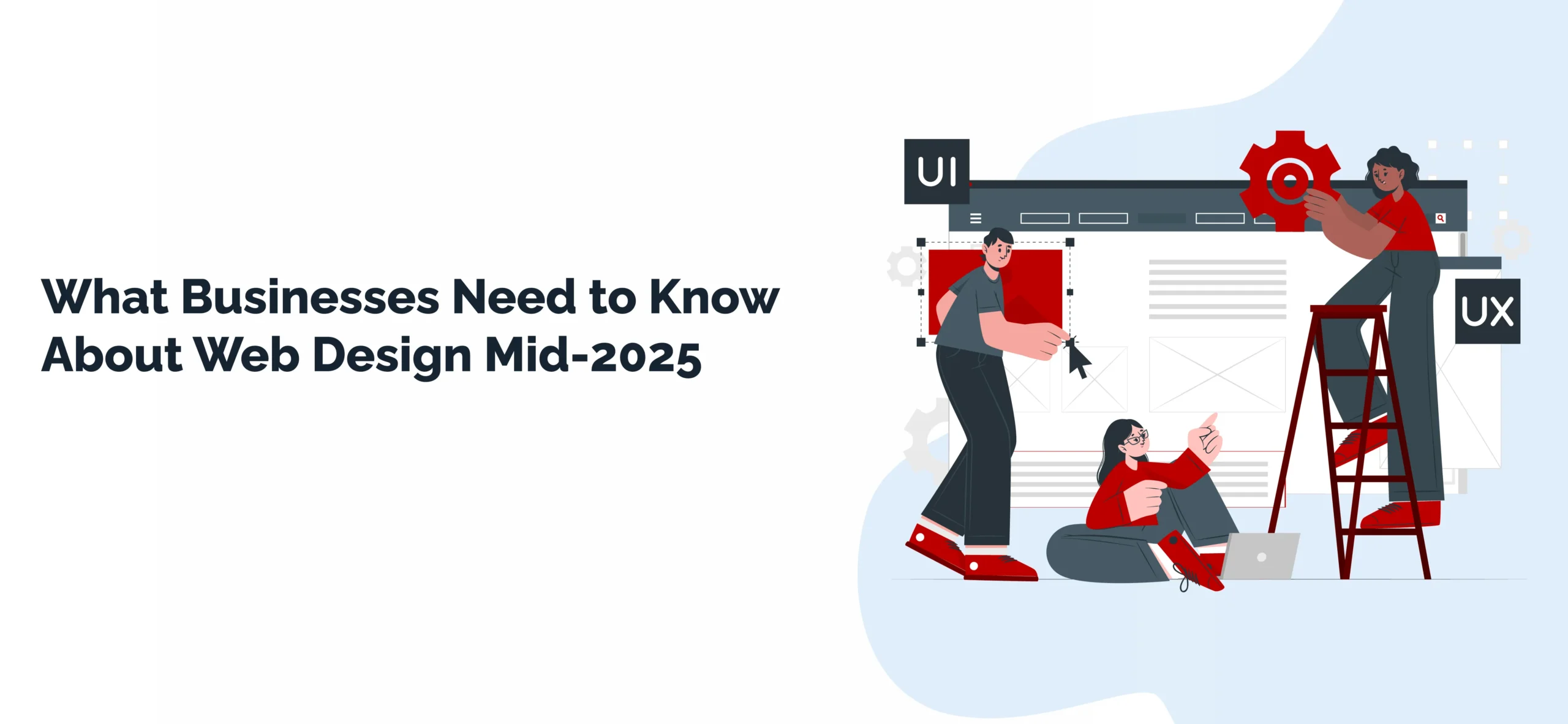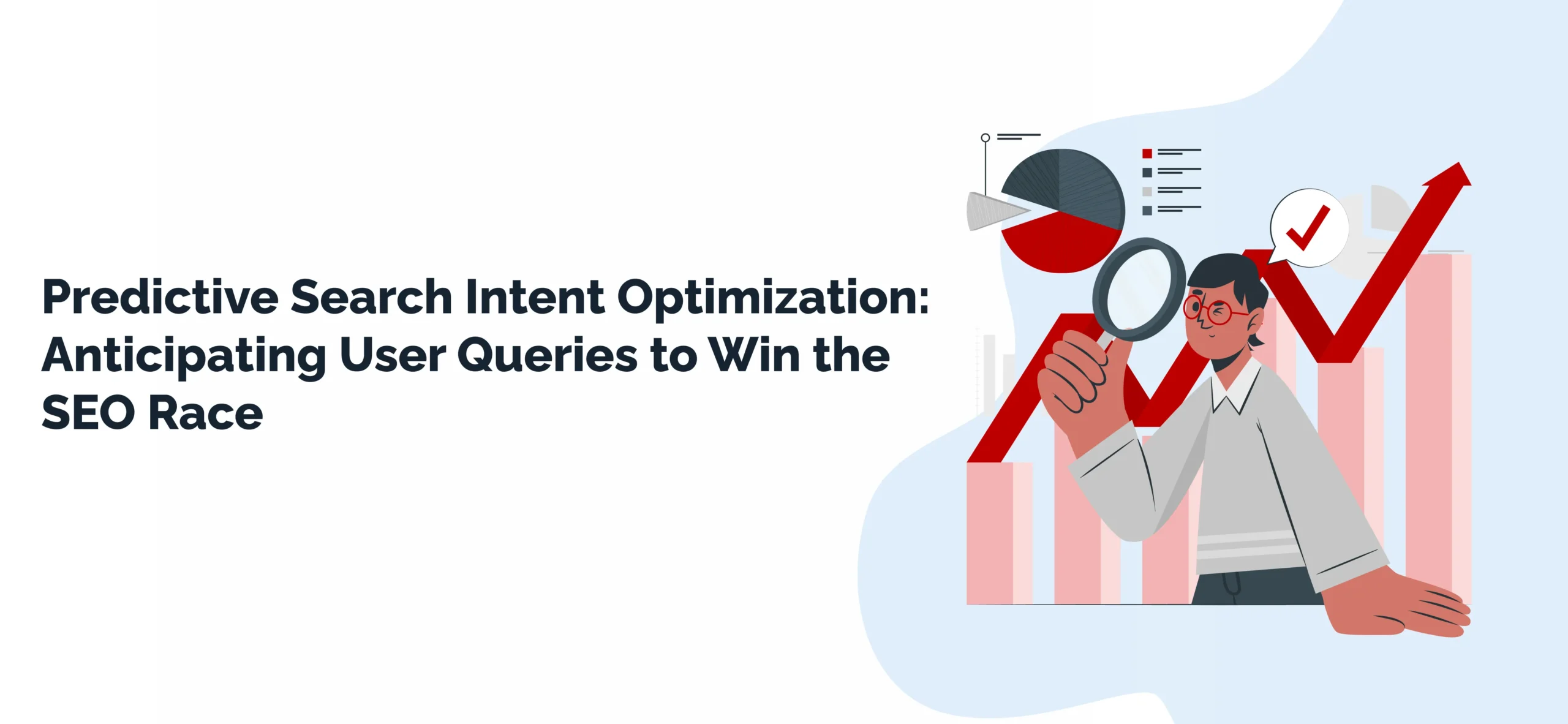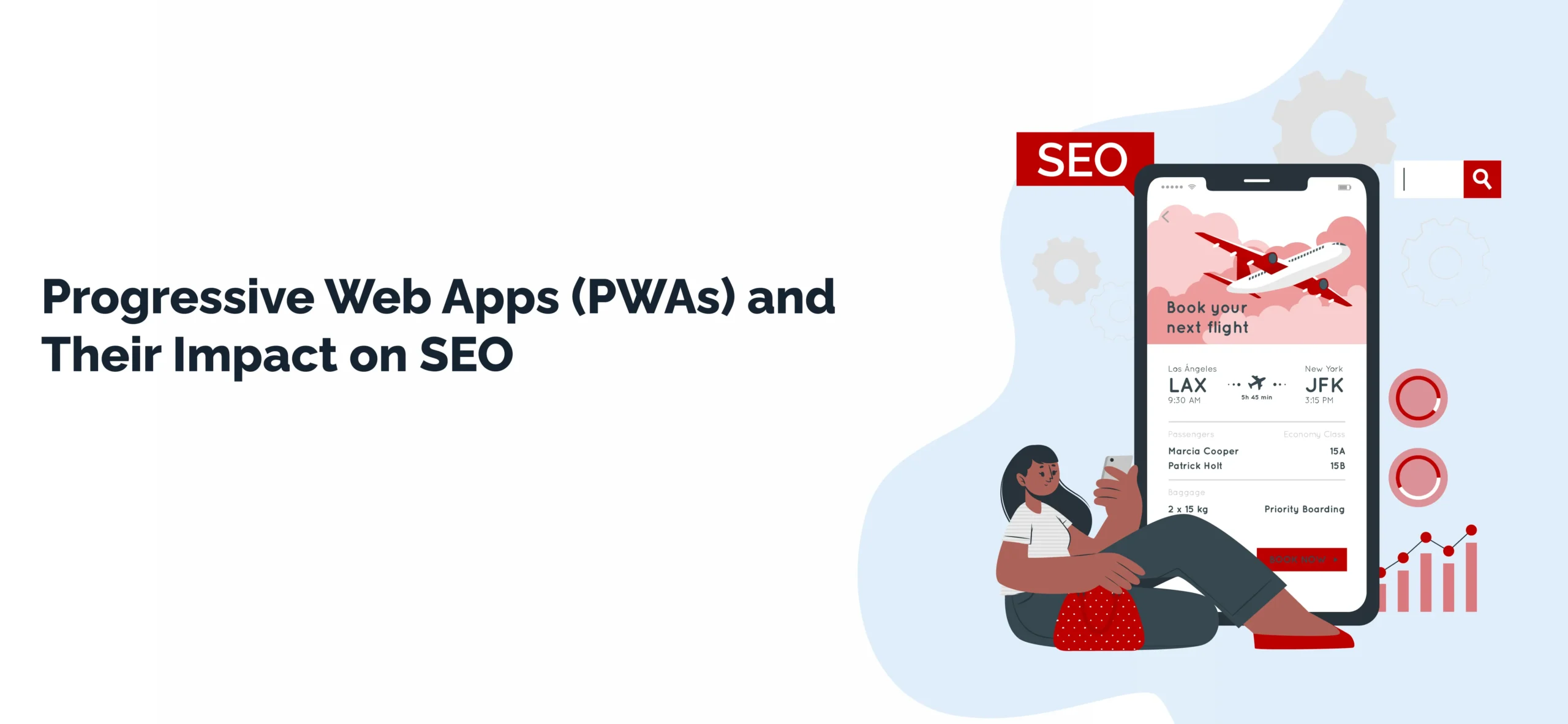Why Web Design Matters More Than Ever for Businesses in 2025
In 2025, having a well-designed website is more than just maintaining an online presence, it’s becoming one of the most critical assets for a business’s success. Technology advancements, shifting consumer behaviors, and rising expectations mean your website must be fast, intuitive, accessible, and optimized for search engines. This ultimate guide explores everything businesses need to know to build websites that not only look great but also convert visitors into loyal customers, driving growth in today’s digital-first economy.
What Are the Key Trends in Web Design for Businesses in 2025?
Minimalism and Bold Typography
Minimalistic design remains a powerhouse trend in 2025. Clean layouts, ample white space, and bold typography help strip away distractions and channel the user’s focus toward essential content and calls to action. Brands like Apple and Airbnb exemplify this approach, leveraging striking fonts and simple visuals that elevate brand messaging while improving readability and usability.
This trend aligns with the broader preference for uncluttered digital environments where users can navigate easily and quickly find what they need.
Dark Mode and Dynamic Color Schemes
Dark mode is no longer a novelty; it’s a must-have feature for modern websites. Many users prefer dark mode for its reduced eye strain, lower power consumption on mobile devices, and sleek aesthetic appeal. Complementing dark mode, dynamic color schemes adapt based on user preferences or environmental factors, creating a personalized and comfortable browsing experience.
Offering visitors a choice between light and dark themes ensures accessibility and keeps your site visually appealing throughout the day.
Interactive 3D and Immersive Experiences
As internet speed and browser capabilities improve, 3D elements and immersive interactive experiences are gaining traction, especially in e-commerce. IKEA, for example, offers users the ability to view furniture in 3D and virtually place it in rooms, boosting confidence before purchase.
Integrating interactive textures, animations, and spatial storytelling creates deeper emotional connections with users, making websites more memorable and engaging
Microinteractions and Motion Design
Microinteractions, those small, responsive animations such as hover effects, button presses, and loading indicators, enrich the user experience by providing immediate feedback. Motion design strategically uses transitions, animated menu items, and scrolling effects to guide visitors subtly and keep them engaged
These design elements build trust and delight, helping users intuitively understand what actions are possible and when they complete tasks successfully.
AI-Powered Personalization
Personalized experiences are now expected by users. Websites leveraging user behavior data and machine learning can dynamically adapt content, product recommendations, and navigation paths to individual preferences.
Customization at this level improves satisfaction, repeat visits, and revenue, fostering deeper customer relationships.
Sustainability in Web Design
Increasingly, businesses incorporate sustainable practices into their digital strategies, such as using streamlined code, eco-friendly hosting, and image optimization to reduce digital carbon footprints. Users today appreciate brands that demonstrate environmental responsibility through their website’s performance and design ethos.
How to Build a Business Website That Stands Out in 2025
Responsive and Mobile-First Design
Mobile internet usage now accounts for the majority of web traffic globally. Prioritizing a mobile-first approach ensures your website renders flawlessly across smartphones, tablets, laptops, and desktops.
Test your site’s loading speed and navigation ease on various devices regularly. Fluid grids, flexible images, and media queries allow your content to adapt responsively.
Prioritize Accessibility and Inclusivity
With legislative demands and an increasingly diverse user base, accessibility can’t be overlooked. Following WCAG 2.2 guidelines helps make your site usable for people with disabilities by ensuring keyboard navigability, alt text for images, sufficient color contrast, and screen reader compatibility.
Making your website accessible improves SEO and expands your potential market, while fostering inclusivity.
Fast Loading Speed and Performance
Consumers expect fast websites — a delay of even a couple of seconds reduces conversion rates significantly. Utilize best practices like compressing images, optimizing code, leveraging caching, and using content delivery networks (CDNs) to keep load times minimal.
Google factors speed into its ranking algorithms, so performance improvements also enhance organic search visibility.
SEO-Optimized Content Structure
Semantic HTML with clear heading hierarchies, descriptive meta tags, schema markup, and rich snippets ensures search engines and indexing algorithms can understand and rank your content effectively. Using long-tail keywords and relevant secondary terms helps capture niche interests.
Avoid keyword stuffing; focus on writing clear, helpful, and unique content that serves visitors’ needs.
Clear Call-to-Actions (CTAs)
Strategically placed calls to action encourage users to take desired steps, whether signing up for newsletters, making purchases, or requesting quotes. CTAs should stand out visually with contrasting colors, concise text, and immediate clarity on the benefit of clicking.
Align CTA placement with user journey analytics to maximize conversions.
Content is Still King: Visuals, Videos, and Copy
Visual content captivates visitors quickly. High-quality images, explainer videos, and infographics can communicate your brand story and product benefits more compellingly than text alone.
Ensure that visuals are optimized for performance and accessibility and that copy remains clear, concise, and compelling.
The Web Design Process Suitable for Businesses in 2025
Discovery and Planning
Understanding your business objectives and target audience is the foundation of your web project. Are you selling products, educating users, or generating leads? Research your competition, gather requirements, and define measurable goals.
Map out essential features and plan content architecture carefully. This lays the groundwork for an intuitive sitemap.
Wireframing and Prototyping
Create basic page structures through wireframes that outline placement without distraction by visuals. Move to interactive prototypes that allow stakeholders to test navigation and usability, identifying risks early and refining workflows.
This iterative approach saves time and cost later in development phases.
Visual Design and Branding
Apply styles, fonts, colors, and imagery consistent with your brand identity. Balance aesthetics with usability, ensuring layouts are accessible and responsive.
Test visuals on common devices to guarantee uniform impact.
Development and Testing
Turn designs into working websites using clean, optimized code, ensuring accessibility and responsiveness. Regular performance and usability testing on multiple platforms detects bugs and performance bottlenecks early.
Launch and Continuous Improvement
Go live with your site, backed by analytics tools that track visitor behavior and engagement. Use insights to run A/B tests and optimize UX iteratively. Keep content fresh and technology updated to maintain relevance and security.
Case Studies: Successful Business Websites in 2025
Shopify: Streamlined Ecommerce UX
Shopify’s website features a clean interface with fast load times and seamless navigation. Their AI-driven product recommendations and simple checkout streamline the path to purchase, improving retention and reducing cart abandonment.
Canva: Bold Visuals and Interactive Features
Canva’s website relies on eye-catching typography and interactive previews, making design accessible for all skill levels. The straightforward UI paired with quick responsiveness powers high engagement and brand loyalty.
Patagonia: Sustainability in Web Design
Patagonia uses efficient hosting and minimal design to reduce environmental impact. Furthermore, storytelling through content aligns digital sustainability with its corporate values, resonating deeply with eco-conscious consumers.
Conclusion:
Smart, modern web design in 2025 means creating fast, accessible, and engaging websites that reflect your brand and provide excellent user experiences. From mobile-first principles and sustainable practices to interactive elements and SEO optimization, every detail plays a role in attracting and retaining customers.
By adopting the trends and best practices outlined in this guide, businesses can build websites that not only survive but thrive amid changing technology and consumer expectations.




